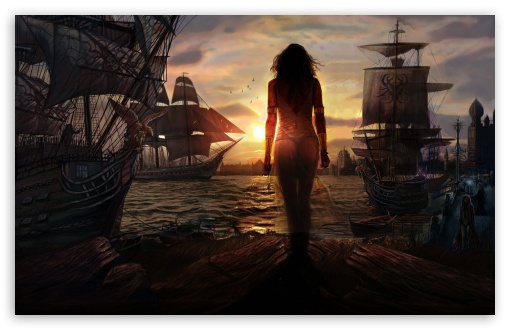The recent chaos about immigration and some photos that my friend Linda Taber Ulla shared, brought me to the realization that many who have not traveled do not know the world. What I mean is ,that with the Internet and various media we see the world, but we might be lacking in learning the cultural components. We can learn about the places that immigrants come from. The USA is a nation of immigrants. It was peopled by Native Americans and Africans were brought as slaves. All others were immigrants. project in 1994, gives young people a chance to voice their concerns and to become involved in the protection of our common cultural and natural heritage. It seeks to encourage and enable tomorrow’s decision-makers to participate in heritage conservation and to respond to the continuing threats facing our World Heritage.
project in 1994, gives young people a chance to voice their concerns and to become involved in the protection of our common cultural and natural heritage. It seeks to encourage and enable tomorrow’s decision-makers to participate in heritage conservation and to respond to the continuing threats facing our World Heritage.
The idea of involving young people in World Heritage preservation and promotion came as a response to Article 27 of the Convention Concerning the Protection of the World Cultural and Natural Heritage (World Heritage Convention).
Now we have Skype, and technology that connects us to various countries so we can interact with students, teachers and community.
Ways to Connect.Communicate, Learn Culture and be Global Citizens
One way is to do virtual field trips. https://www.google.com/edu/expeditions/#explore
What is Expeditions?
Google Expeditions enable teachers to bring students on virtual trips to places like museums, underwater, and outer space. Expeditions are collections of linked virtual reality (VR) content and supporting materials that can be used alongside existing curriculum. These trips are collections of virtual reality panoramas — 360° panoramas and 3D images — annotated with details, points of interest, and questions that make them easy to integrate into curriculum already used in schools. Google is working with a number of partners, including: WNET, PBS, Houghton Mifflin Harcourt, the American Museum of Natural History, the Planetary Society, David Attenborough with production company Alchemy VR and many of the Google Cultural Institute museum partners to create custom educational content that spans the universe.
The important sentence is that one that shares that they can be used alongside existing curriculum.
Geography and learning about the cultural elements of a place are important. There may be an update on what the elements of culture are but here they are defined for anyone to understand.

Here is a mapping tool.
And here are tools that ESRI shares free of charge to classrooms in the USA.
The Google Cultural Institute adds information and resources and artifacts.There is lots of information and there are many resources there.
Here is a very short explanation.
the five elements of society are the
Political Element
A MONOPOLY ON THE USE OF FORCE/VIOLENCE TO MAINTAIN ORDER.
Social Element
PERTAINING TO CUSTOMS, EDUCATION, AND GROUPINGS
Religious Element
SYSTEMS OF BELIEF THAT DEAL WITH QUESTIONS OF EXISTENCE
Economic Element
PROVIDING FOR THE NECESSITIES OF LIFE AND OTHER HUMAN WANTS
Art/Intellectual Element
DEALS WITH TRUTH, GOODNESS, AND BEAUTY
If you have never been taught geography you may want to explore the country through the eyes of the National Geographic and other sources. I like to use books and museums to share what I think helps children to understand another country.
This cartoon is an introduction into the complex and rich world of geography and geographic education. It acts as a catalyst to thinking about the multi-faceted functions of geography, and the myriad of applications of the discipline. The world of geography is much more than place names and state capitals, and this cartoon aims to show the full breadth of the field.
We don’t want our explorations of countries to be misguided.
We don’t want the short descriptions that are given in the media to describe a country.
Countries are complex.
At higher levels of working we can include GIS and use ESRI tools to create a story map.
For quick hits and ideas we can use Instagrams.
There are groups that have grants for travel for students, and teachers.
One such grant is from Earthwatch.Some opportunities for teacher and student fellowship are on that site.

We can understand countries and people who live there from the personal journeys of educators who work to share using their knowledge to open the world to us.
National Geographic has opportunities for students in an award. You can nominate a student.
http://ngstudentexpeditions.com/2017-student-contest?utm_source=nge-lightbox
Technology, content and curriculum that is connected to the experience!!!




